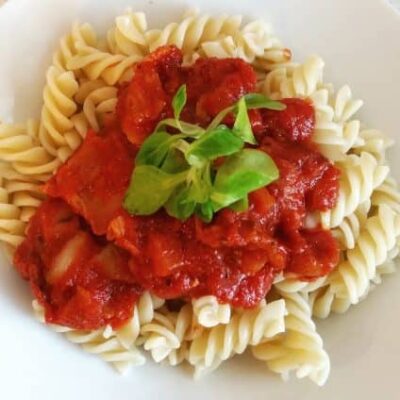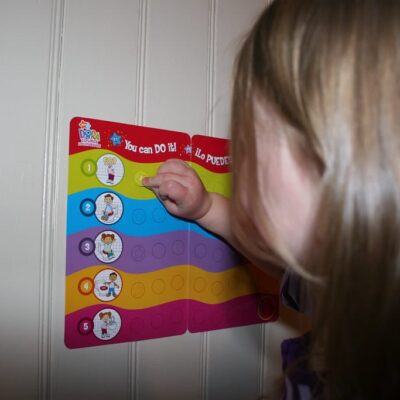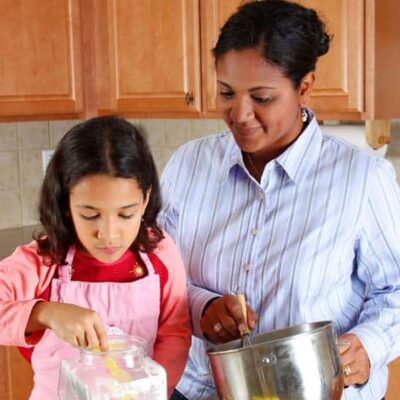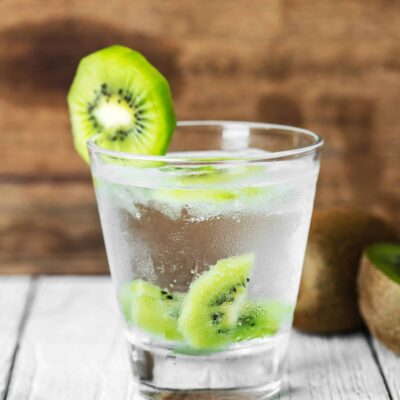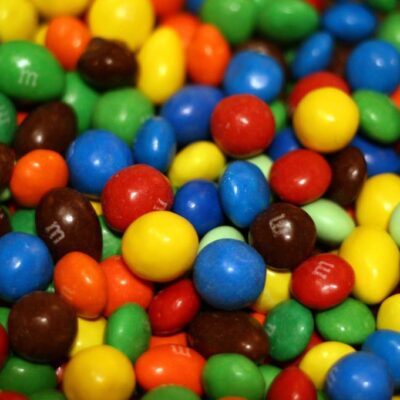This post has been updated (November 2022) to reflect the latest evidence and recommendations around sugar.
Sugar is probably one of the most talked about topics when it comes to healthy eating. With so many terms thrown about; ‘low carb’ to ‘no added sugar’, ‘free sugars’ and more, it can get pretty confusing!
This guide will give you all the information you need to help you make more informed choices around sugar, along with how much we should be consuming!
First things first, let’s break it all down. Sugar is a type of simple carbohydrates, and can be broken down into 2 types:
- Free sugar– these are the added sugars we find in foods such as confectionary (sweets, biscuits, chocolate and cake), honey, syrups and unsweetened fruit juices.
- Natural sugars – these are found in whole fruits, vegetables, plants and dairy products (unsweetened milks and yogurts) and typically we do not need to reduce the amounts of these foods that we eat.
How much is too much?
The current UK guidelines suggest:
- Children aged 4-6: no more than 19g (5 sugar cubes)
- Children aged 7-10: no more than 24g (or 6 sugar cubes)
- Aged 11+ (including adults): no more than 30g (or 7 cubes)
For some, this may sound like a lot but if you were to have a bowl of Frosted Flakes for breakfast (around 11g), you would have already consumed nearly 50% of your recommended sugar intake for the day at age 4-6 and be 1/3rd there if you’re over 11!
Read on for practical tips to reduce sugar intake…




